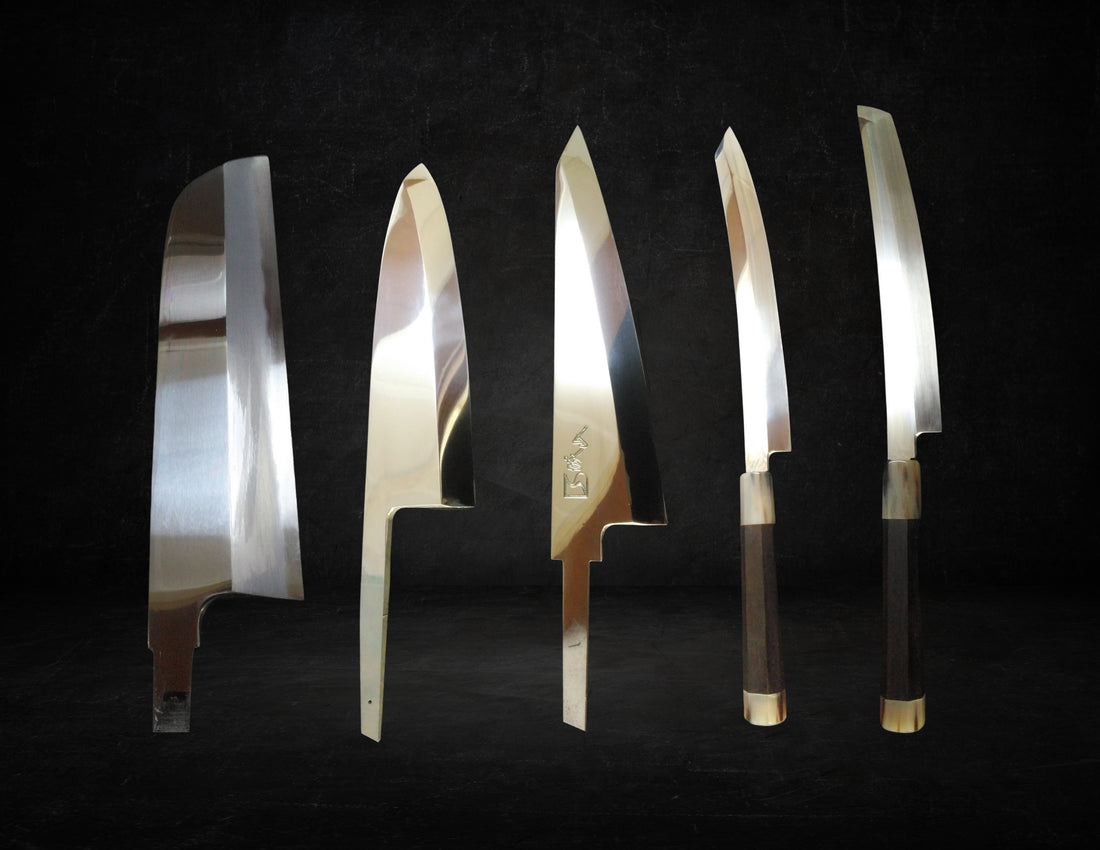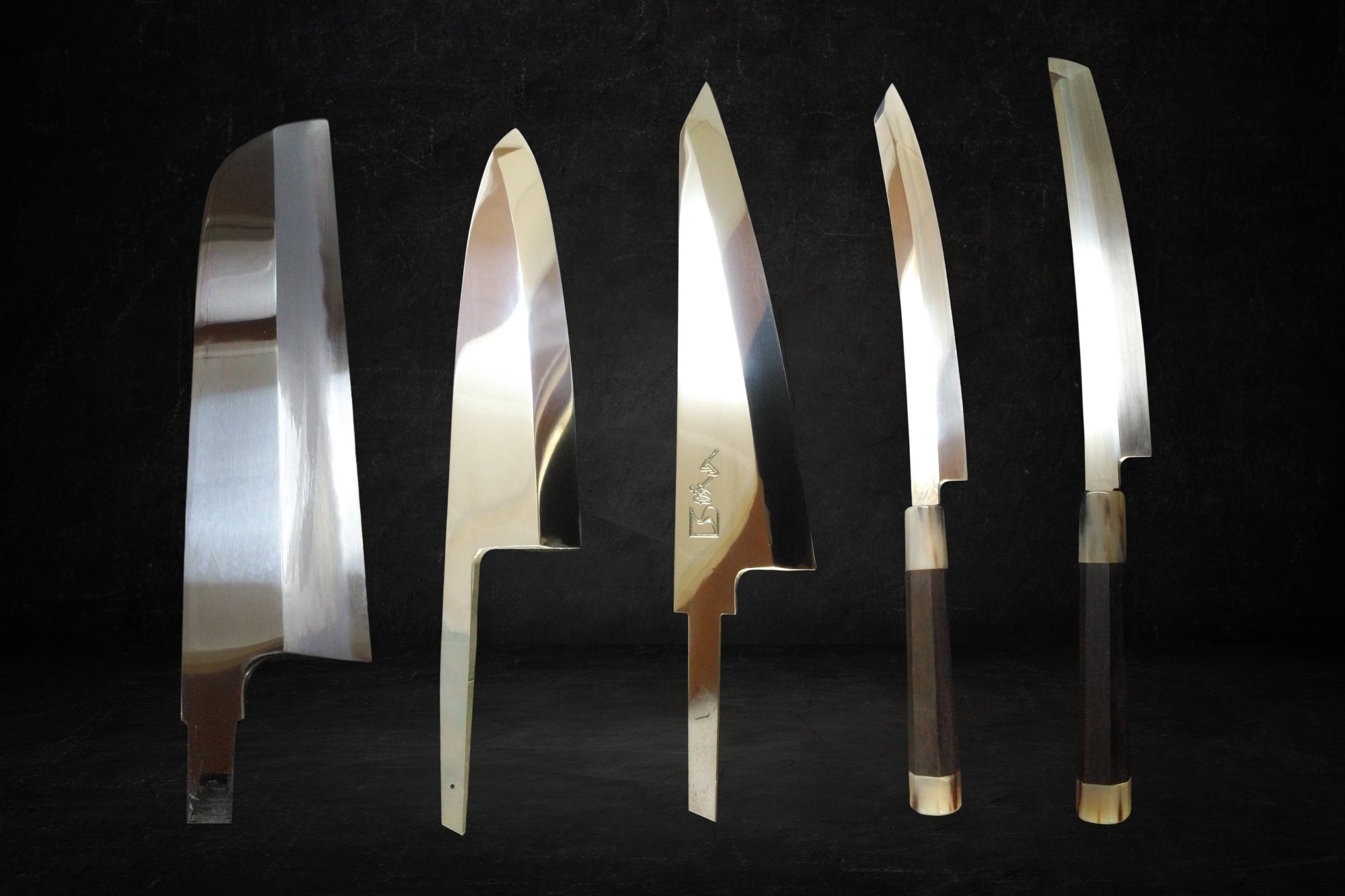
Understanding Steel and Stainless Steel
Share
Hello there! Today, we're diving into the world of Steel and Stainless Steel to give you a clear understanding of these materials, especially in the context of kitchen knives.
Understanding Steel and Its Varieties
Steel is an alloy that primarily consists of iron and carbon, with the carbon content ranging from 0.04% to 2.14%. This composition significantly influences steel's properties, setting it apart from other forms of iron such as pure iron or cast iron. The addition of various elements like tungsten further diversifies the characteristics of steel, tailoring it for specific uses.
The Role of Chromium in Stainless Steel
A pivotal element in the transformation of steel into stainless steel is chromium. When steel's composition includes at least 10.5% chromium, it earns the designation of stainless steel, renowned for its resistance to rust and corrosion. This resistance is crucial for tools like knives, ensuring longevity and maintenance ease.
Expanding the Stainless Steel Family
Beyond chromium, the inclusion of elements such as tungsten, vanadium, molybdenum, and cobalt gives rise to a variety of stainless steels. These additions tweak the steel's properties, such as sharpness and hardness, making it suitable for a wide range of applications.
Choosing the Right Steel for Your Knife
When selecting a knife, the choice of steel is paramount. You'll need to decide between steel that tends to rust and steel that's rust-resistant. Thanks to advancements in metallurgy, rust-resistant steels now offer comparable sharpness to their traditional counterparts, making them increasingly popular in kitchens, including those specializing in Japanese cuisine.
Key Types of Steel for Blades
- Carbon Steel: Known for its susceptibility to rust, this steel is produced by combining carbon with iron ore.
- Stainless Steel (Alloy Steel): By infusing carbon steel with chromium, stainless steel is born, offering enhanced rust resistance. It's worth noting that blue steel, containing chromium and tungsten, is considered an alloy steel due to its low-alloy nature, despite its classification as steel.
While there are rust-resistant materials like titanium, ceramics, and plastics, their use is less common in professional culinary environments.
In conclusion, understanding the properties and types of steel available is crucial for choosing a knife that best suits your culinary needs and preferences.
Related websites
KIREAJI: Japanese knife material





